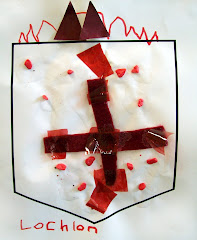Syringe poses Panadol overdose risk
15th Oct 2014

This example
shows how to measure an 8 mL dose. Courtesy of TGA.
AN UNUSUAL syringe design for Children's Panadol could put youngsters at
risk of overdose by consuming an extra 30mg of paracetamol, the TGA has warned.
The TGA yesterday issued a safety alert about the Children’s Panadol Colourfree Suspension 1–5 Years product which allows the analgesic to be dispensed
through a measuring syringe.
While most syringes measure to the tip of the plunger, the
GlaxoSmithKline syringe should be measured from where the plunger meets the
barrel – a difference which may result in an extra 1.26ml of the medicine being
given to the child, equivalent to an extra 30mg of paracetamol per dose.
“With the Children's Panadol syringe, the liquid continues past the tip
of the plunger and therefore needs be measured to where the widest sides of the
plunger meet the barrel of the syringe,” the TGA advised.
“If the dose is measured from the point where the liquid touches the end
of the plunger closest to the nozzle, the dose is incorrect.”
Health Professionals are being asked to warn parents and caregivers of
the potential problem and provide advice on how to correctly administer the
dose.
As well as outlining the harmful effects of paracetamol overdose on the
liver, the TGA cautioned caregivers that the effects are often delayed and to
seek medical management even if no symptoms are present.
The TGA issued the warning after several people expressed confusion over
how to use the product but it said that the risk of toxicity is low if children
are not given the drug more than four times daily and for more than two days.
The TGA said it was working with GSK on a solution to the issue, which
may include updating the packaging to clarify instructions on how to use the
dosing syringe or other actions.
“The safe and effective use of our products by consumers is of paramount
concern for GSK and we encourage people to always read the label before use,”
the company said a statement.
“For anyone who thinks they may have measured incorrectly, the
difference in volume for any potential incorrect measure is unlikely to pose a
significant risk to healthy children when following the age and weight dosing
table and other directions for use.”
The TGA alert is the third in less than a year concerning paediatric
Panadol products
